mobile View, to the German Version tap the flag
![]()

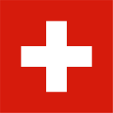


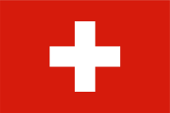


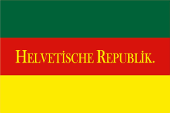

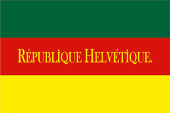

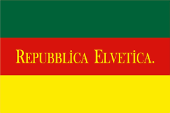

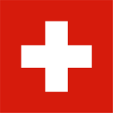
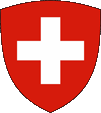
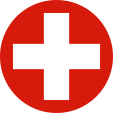
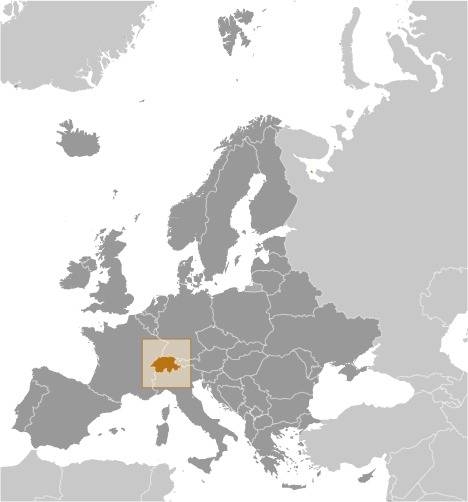
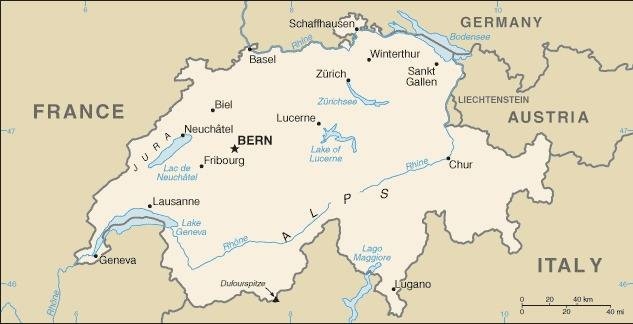
100 B.C. · the celtic tribe of the Helvetians immigrates into the region between Jura Mountains and the Alps Mountains (today’s northwest of Switzerland), in the eastern Alps live the Raetians, a people of unknown descent (Semits?)
58 B.C. · the region of the Helvetians becomes conquered by the Roman Empire and affiliated to the Province of Germania Superior (=Upper Germania)
15 B.C. · the region of the Alpine Raetians becomes conquered by the Roman Empire and affiliated to the Province of Raetia
260–270 A.D. · the teutonic tribe of the Alemanns invades the region of the Helvetians (germanization)
395 · at the partition of the Roman Empire the today's Switzerland comes to the West Roman Empire (Rome)
443 · leftovers of the by the Huns eradicated teutonic tribe of the Burgunds settle in the south of the Lake of Genf (Savoyen) and establish the Empire of the Burgunds
445 · the teutonic tribe of the Burgunds partially invades the Alemann Helvetia coming from the west and conquers the wohle territory of the today's Switzerland except Raetia
532–534 · the Empire of the Burgunds becomes conquered and submited by the Frankish Empire
843 · Treaty of Verdun, at the partition of the Frankish Empire Helvetia comes to the Empire of Lothar, Raetia comes to the Empire of Ludwig the German
870 · Treaty of Meersen, division of the Empire of Lothar, Helvetia comes also to the Empire of Ludwig the German
880 · Treaty of Ribemont, formation of the Kingdom of Upper Burgund, Helvetia comes to Upper Burgund, Raetia comes to the East Frankish Kingdom (German Empire)
933 · Upper Burgund and Lower Burgund unite to the Kingdom of Burgund (Arelat)
1032 · the German emperor Konrad II. from the house of the Saliers inherits Burgund, Burgund comes to the German Empire, in this way Helvetia and Raetia (the today's Switzerland) belong to the German Empire
12th/13th century · evolution of the Dioceses of Genf, Lausanne, Sitten, Basel, Chur and Konstanz, and of separate counties under the rule of the Zaehringers, later of the Savoys and Habsburgs, and of free rural municipalities like Uri and Schwyz as well as free empire's cities like e.g. Basel
1291 · „Everlasting Union“ (Eidgenossenschaft = mutual benefit association of an oath = confederation) of the three pristine cantons of Uri, Schwyz and Unterwalden against aspirations of rule of the Habsburgs
1315 · Battle of Morgarten, victory of the confederation against an army of Duke Leopold I. of Austria
1332 · Luzern joins the confederation
1351 · Zuerich joins the confederation
1352 · Glarus and Zug join the confederation
1353 · Bern joins the confederation
1386 · Battle of Sempach, victory of the confederation over the Habsburgs
1388 · Battle of Naefels, victory of the confederation over the Habsburgs
1389 · the house of Habsburg recognizes the independence of the confederation
1415 · the confederation conquers the Aargau and affiliates it to the confederation as a subject country
1416 · Wallis joins the confederation
1439 · the Habsburgs become German emperors
1460 · the confederation conquers the Thurgau and affiliates it to the confederation as a subject country
1476 · Battles of Grandson and Murten, victory of the confederation, repulse of attempts of expansion by Burgundy
1481 · the urban cantons of Freiburg and Solothurn become affiliated to the confederation as subject countries
1498 · Graubuenden joins the confederation
1499 · the German emperor Maximilian I. trys to force the confederation to accept the Empire's Reform of Worms, it follows the "Suebian War", for the confederation victorious battles of Schwaderloh and Calven, Peace of Basel, the emperor recognizes pro forma and under special terms the independence of the confederation from the empire
1501 · Basel and Schaffhausen join the confederation
1512 · Veltlin joins the confederation
1513 · Appenzell joins the confederation
1518 · partial introduction of the reformation by Zwingli
1526 · Genf joins the confederation
1648 · Westfalian Peace after the German Thirty Years War, the separation of the confederation from the German Empire becomes ultimately recognized
17th/18th century · the confederation consists in a combination of countries consisting in the 13 full entitled places, several devoted places, shaded places, subject countries and common subject countries, in the places arises in contrast to the free constitution an aristocracy or even nobility, which followed farmers and subjects riotings and struggles for power and civil wars
1798 · French Revolution, attempts of reforms, invasion of French troops, creation of the "Helvetian Republic" as a democratic unity-state with constitution under French protectorate, Genf becomes annexed by France, Neuenburg and Wallis become separated and independent
19th of February 1803 · Napoléon I., Emperor of France, inacts the File of Mediation for Switzerland, a federal constitution, Switzerland becomes again a confederation of now 19 having equal rights sovereign cantons (13 old places + 6 new places)
1815 · Vienna Congress, reconfiguration of Europe after the era Napoléon, re-admission of the cantons Genf, Neuenburg and Wallis in the Swiss Confederation, the independence of the Swiss Confederation as political neutral confederacy with appreciable sovereignty of its cantons becomes confirmed
1815–1830 · aristocracies, nobilities and guilds establish themselves again in the positions of the power of the cantons, there rise again struggles for power and constitution debates
1830–1831 · ten cantons introduce democratic-republican constitutions with people's sovereignty, equality in law and separation of the powers
1835–1845 · within the confederation arise ambitions to a forcible creation of a democratic-republican unity-state which should include all cantons
1845 · seven catholic-conservative cantons join for cover in a „Special Association“
1847 · Special Association War, victory of the confederated troops
1848 · new constitution, transformation of Switzerland in a federation with central government under standardization of foreign affairs, postal service, customs, currency, measures and weights
1874 · reform of the constitution
1914–1918 · First World War, Switzerland remains neutral but is committed for prisoners of war and wounded soldiers in the spirit of the international law of war and by perpetuation of strict neutrality
1939–1945 · Second World War, Switzerland remains neutral
1971 · introduction of the suffrage for women
1978 · by referendum creation of the canton of Jura by separation from the canton of Bern
1986 · by referendum rejection of the joining to the UNO
1996 · agreement with the NATO
2001 · by referendum rejection of the joining to the European Union
2002 · Approval by referendum, accession to UNO
2014–2021 · negotiations for a framework agreement between the European Union and Switzerland, ultimately broken off without results
Source:
Wikipedia (D),
Atlas zur Geschichte,
World Statesmen,
RetroBib Retrobibliothek
![]()

Kindly supported by: Fabio Vassalli (CH)